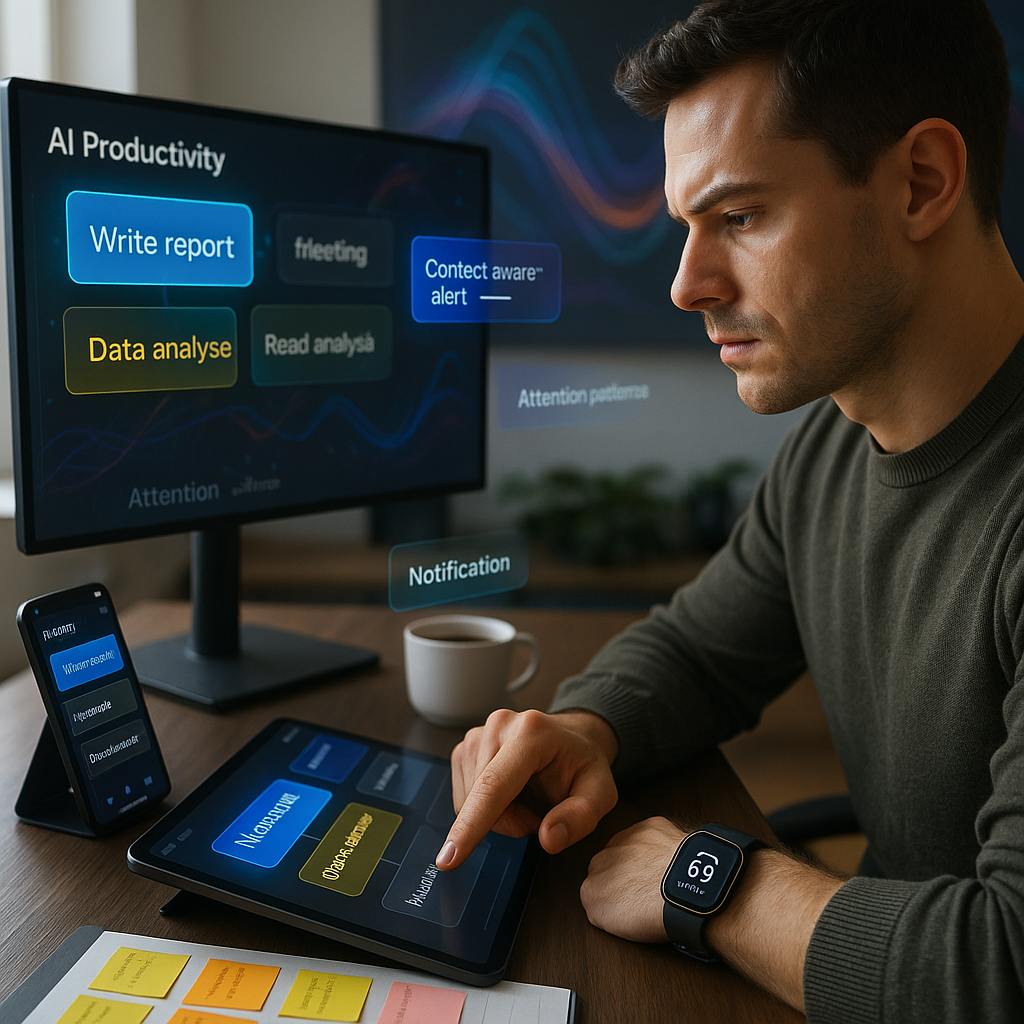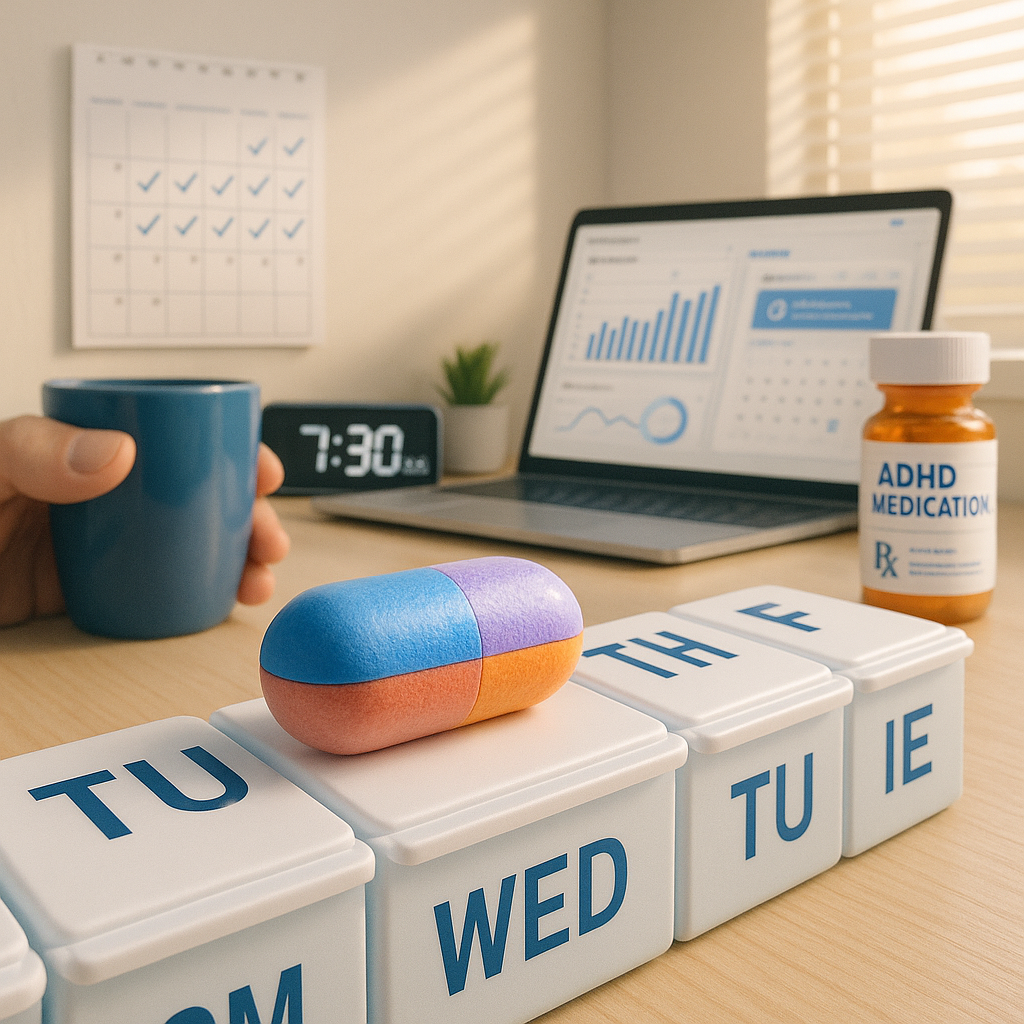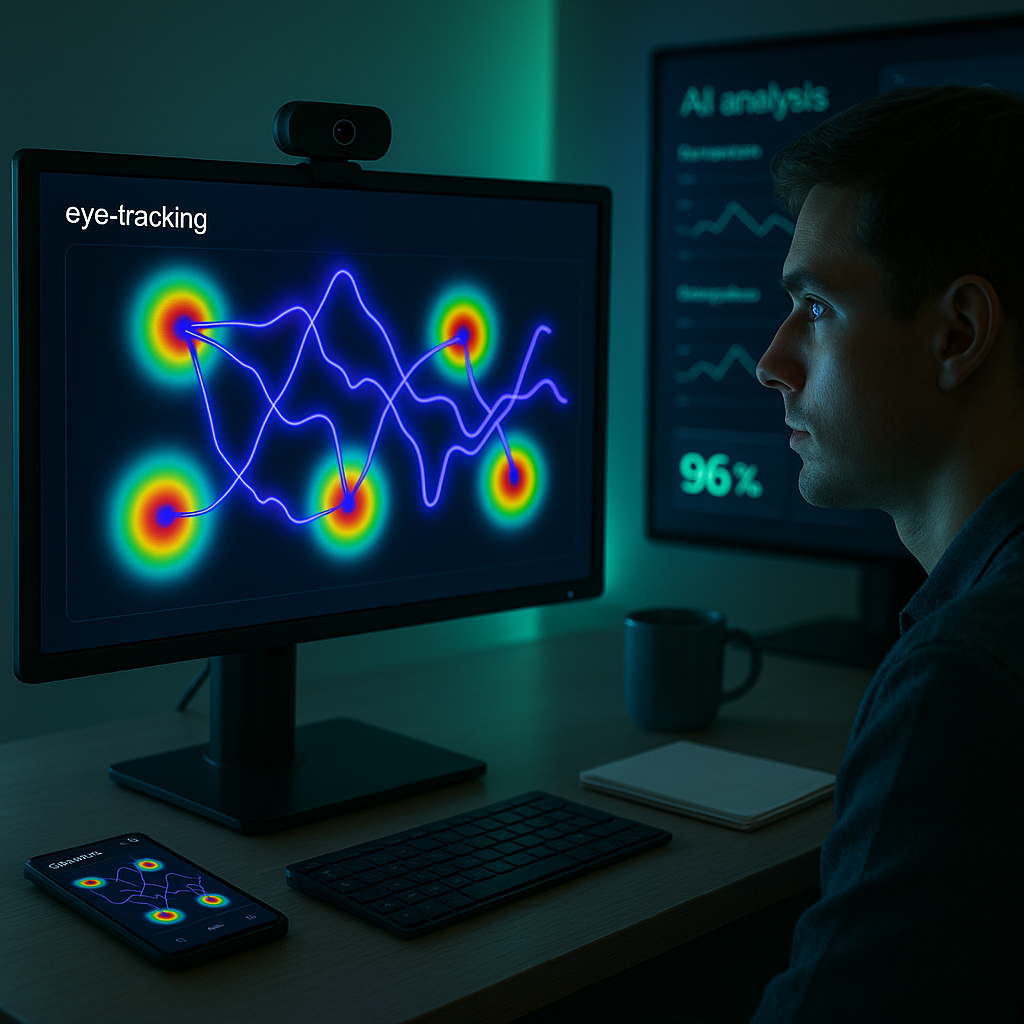Key Takeaways
- Adaptive timing now replaces static reminders, with leading apps detecting attention shifts and delivering prompts when users are most receptive.
- Machine learning models personalize workflows and notifications based on each user’s daily energy and mood patterns, boosting engagement.
- Neurodivergent users, including those with ADHD and AuADHD, are increasingly involved in product development to improve function and accessibility.
- Integration with wearable technology provides new insights. Data from devices like smartwatches and fitness trackers inform AI-driven support during focus slumps or hyperactivity spikes.
- Several startups plan to launch beta features in 2024 that will offer even deeper personalization for ADHD work styles.
Introduction
AI productivity apps for ADHD are advancing beyond basic reminders to deliver real-time, adaptive support that aligns with individual focus patterns and daily routines. By incorporating feedback from neurodivergent users and leveraging wearable technology, developers are creating tools that personalize interventions and workflows. These innovations promise smarter, more effective productivity solutions launching throughout 2024 and in the future.
How AI Productivity Apps Are Evolving for ADHD
AI-powered productivity tools now actively adapt to individual attention patterns throughout the day. This marks a shift from traditional, one-size-fits-all approaches. Machine learning helps these systems identify optimal focus periods and distraction triggers unique to each user’s ADHD profile.
Conventional productivity apps depended on static reminders and rigid schedules, which often failed to serve ADHD users due to fluctuating attention levels. Research from the Digital Wellness Institute indicates that fixed-schedule systems have a 70% abandonment rate among ADHD users within the first month.
Recent advances in AI pattern recognition enable apps to detect early signs of task switching or attention drift. These apps can provide timely interventions before focus is lost. Dr. Sarah Chen, lead researcher at the Neural Productivity Lab, stated that the main innovation is moving from reactive to predictive support.
Key Features: Real-Time Adaptation
Dynamic task prioritization is a key feature, with AI algorithms automatically adjusting workloads based on real-time attention metrics and energy levels. The system analyzes user behavior to suggest the best times for complex or routine tasks.
Context-aware notifications are another significant step. AI engines review environmental data and past productivity trends to determine optimal intervention timing. These smart alerts vary in frequency and urgency according to the user’s current cognitive state.
Integration capabilities let these tools sync with existing workflow systems while keeping ADHD-friendly interfaces. Maya Rodriguez, CEO of NeuroFlow Technologies, said that task completion rates improved by 85% when AI adapts to individual work rhythms instead of making users adapt to the software.
Practical Applications in Daily Work
AI systems help break complex projects into manageable parts by adjusting task size based on the user’s current attention capacity. Users report more consistent progress on large projects when workflows match their attention patterns.
As the AI learns user strengths and challenges, task sequencing becomes more intuitive. For example, the technology may recommend tackling detail-oriented work during peak focus times and assigning creative tasks to higher-energy periods.
Time blindness, a common ADHD experience, is addressed through predictive scheduling. The AI provides dynamic time estimates and timely progress updates based on real work patterns rather than fixed time blocks.
Implementation and Accessibility
Many new AI productivity platforms offer free trials of 14 to 30 days so users can test fit with their personal style. Subscription fees generally range from $15 to $45 per month, and some companies include these tools in workplace accessibility programs.
Enterprise solutions are increasingly adding ADHD-optimized AI tools to standard productivity suites. Organizations report fewer project delays and improved teamwork after adopting these adaptive systems.
Privacy concerns are addressed through strong security features, such as end-to-end encryption and user-controlled data sharing options. These measures ensure that personal data collected for AI personalization remains protected.
Conclusion
AI productivity apps are now aligned with the strengths of ADHD. Instead of inflexible reminders, adaptive systems recognize real attention rhythms. With smarter notification timing, dynamic project management, and reinforced privacy, these tools better support neurodivergent workflows and team collaboration. What to watch: expanded enterprise integrations and broader workplace accessibility initiatives are expected in the coming months, aiming to increase adoption of ADHD-friendly AI productivity platforms.





Leave a Reply